Gender: Male
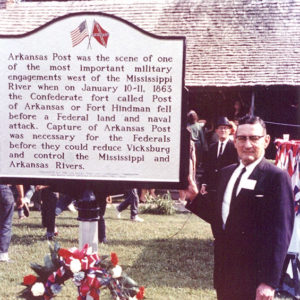 Arkansas Post Dedication
Arkansas Post Dedication
Arkansas River near Little Rock, Expedition on the
Arkansas River near Pine Bluff, Scout on the
Arkansas State Medical Association (ASMA)
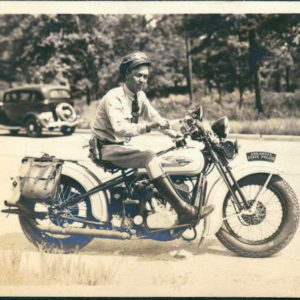 Arkansas State Police Motorcycle Cop
Arkansas State Police Motorcycle Cop
 Arkansas State Police Patrol Cars
Arkansas State Police Patrol Cars
Arkansas State Troops (CS)
aka: Army of Arkansas
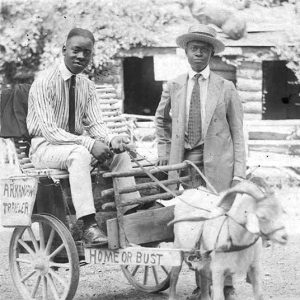 "Arkansas Traveler"
"Arkansas Traveler"
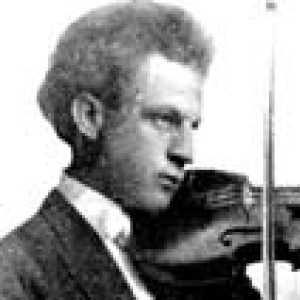 "Arkansas Traveler"
"Arkansas Traveler"
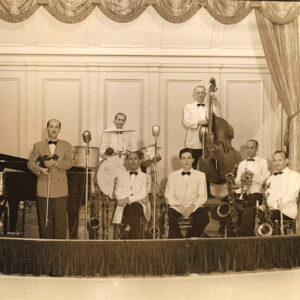 Arlington Orchestra
Arlington Orchestra
Armstrong III, Ralph Waldo
Armstrong, David Love
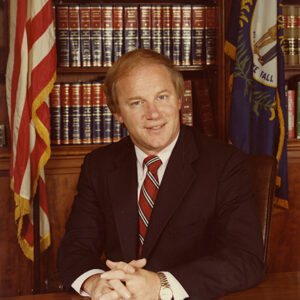 David Armstrong
David Armstrong
Armstrong, J. M. (Execution of)
 John Armstrong
John Armstrong
 "Sody" Arnold Campaign
"Sody" Arnold Campaign
 "Sody" Arnold Sticker
"Sody" Arnold Sticker
Arnold, Bob “Sody”
Arnold, Morris Sheppard “Buzz”
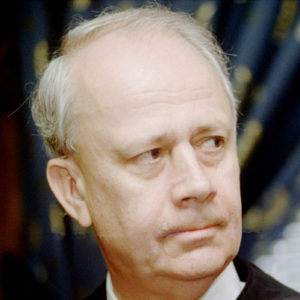 Richard Arnold
Richard Arnold
Arnold, Richard Sheppard
 W. H. "Dub" Arnold
W. H. "Dub" Arnold
Arnold, William Howard “Dub”
 Gilbert M. Aronson
Gilbert M. Aronson
Arterberry, William (Lynching of)
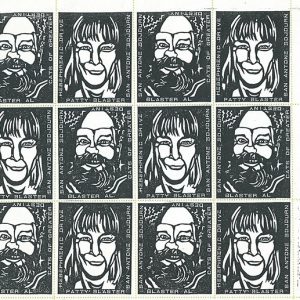 Artistamps
Artistamps
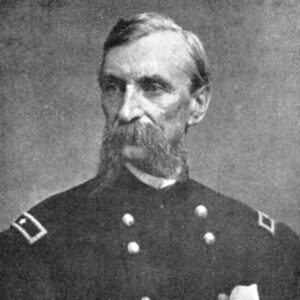 Alexander Asboth
Alexander Asboth
 African-American Band
African-American Band
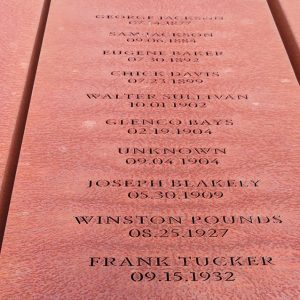 Ashley County Lynching
Ashley County Lynching
Ashley County Lynching of 1857
Ashley, Chester
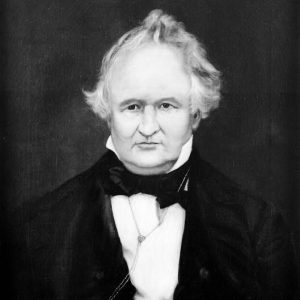 Chester Ashley
Chester Ashley
Ashley, Hubert Carl (Hugh)
 Harry Ashmore
Harry Ashmore
Ashmore, Harry Scott
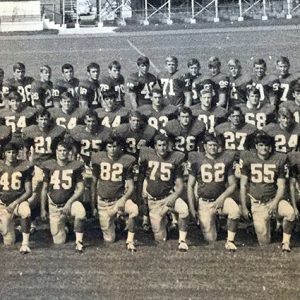 1970 ASU Football Team
1970 ASU Football Team
Atkins, Jerry (Lynching of)
Atkinson, James Harris (J. H.)
 J. H. Atkinson
J. H. Atkinson
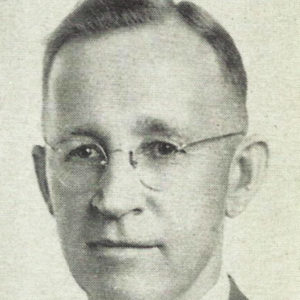 J. H. Atkinson
J. H. Atkinson
Atkinson, Richard Bernard
Atkinson, Wash (Lynching of)
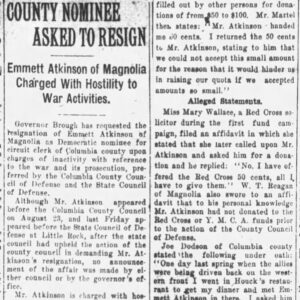 Willie E. Atkinson Article
Willie E. Atkinson Article
Atkinson, Willie Emmett
Auburn, David
Audubon, John James
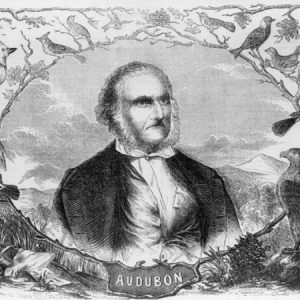 John Audubon
John Audubon
 "Geese" Ausbie
"Geese" Ausbie
 "Geese" Ausbie
"Geese" Ausbie




